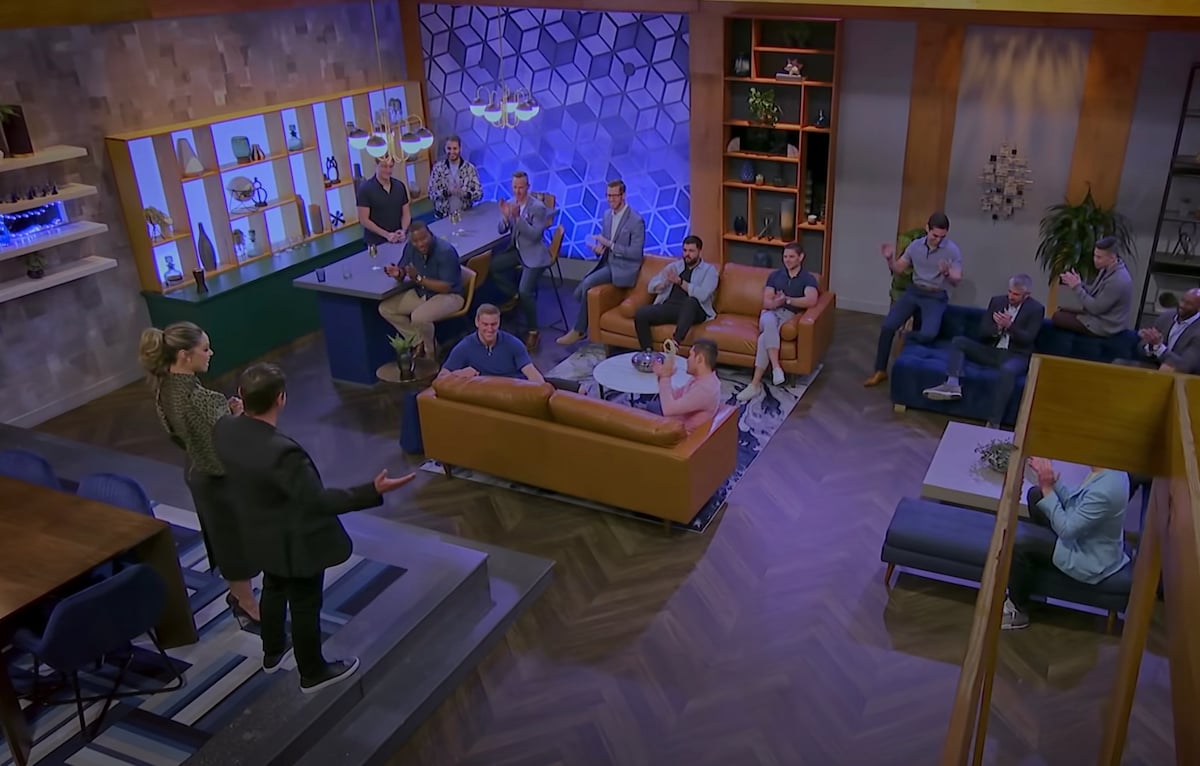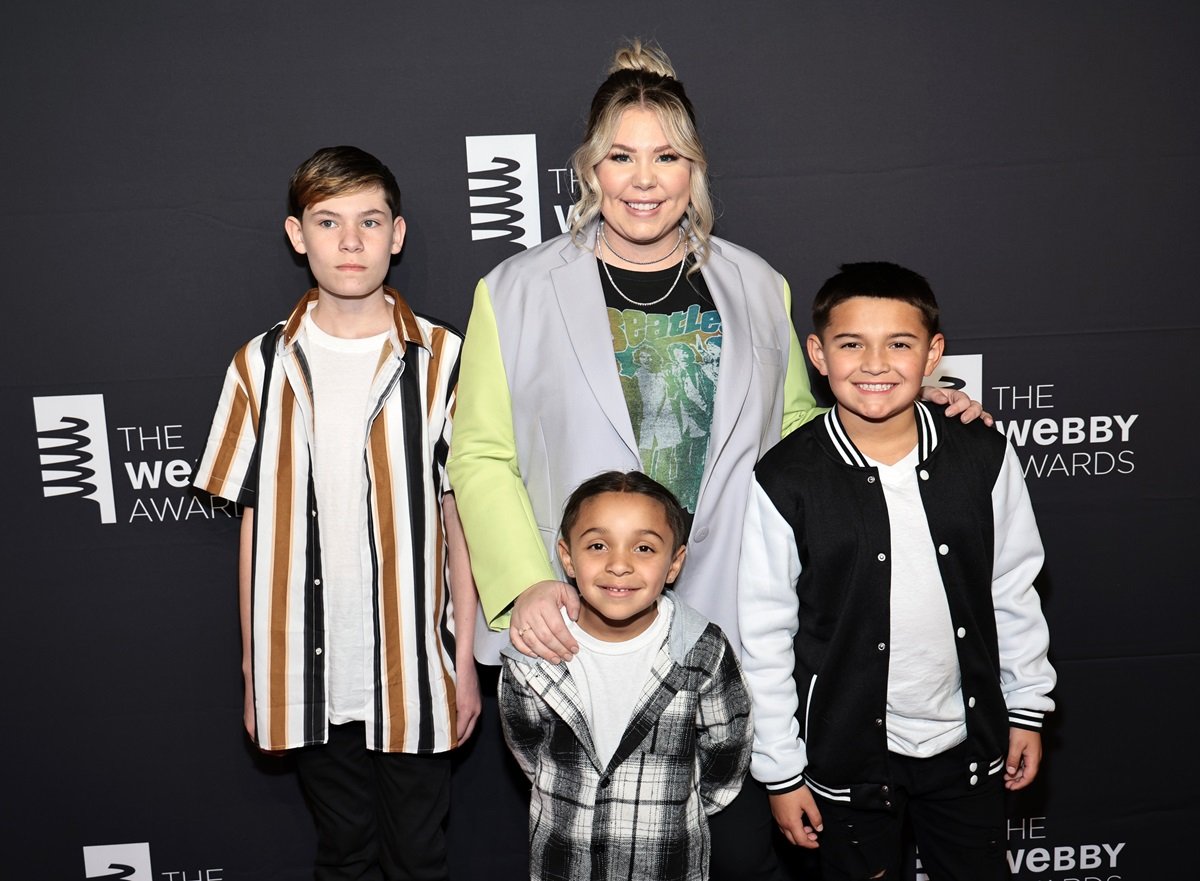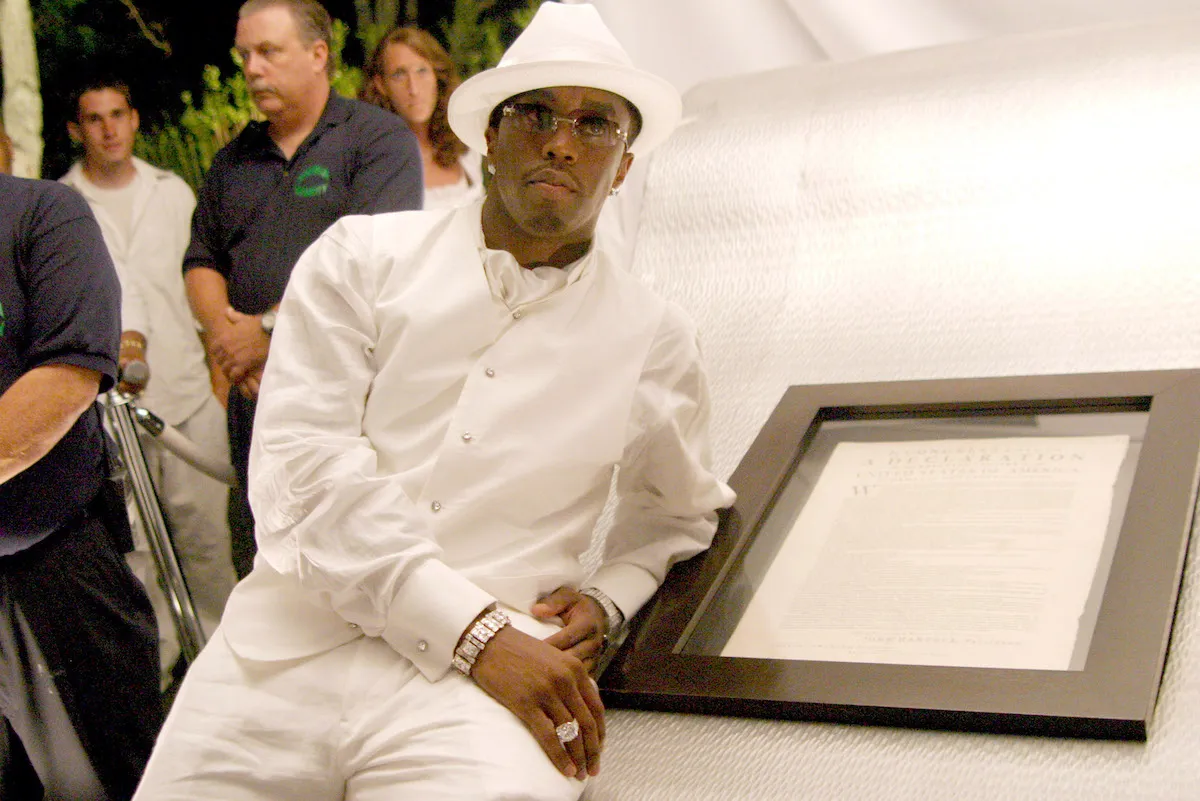‘Love Is Blind’: Cast Members Did Plank Contests, Had a Twerk Class, and More While Living Together Between Pod Dates
Love is Blind premiered on Netflix in February 2020. This reality dating show quickly became the perfect guilty pleasure when the pandemic lockdowns took effect due to the coronavirus. Who could resist the idea of a bunch of singles coming together to find love but not being able to see or touch each other?
When the cameras weren’t rolling in the pods, the cast spent all of their time together in rather unusual living conditions. Both the men and women resorted to hilarious methods to entertain themselves.
‘Love Is Blind’ cast members all live in the same city
While other reality dating shows cast their participants from all over the U.S. if not the world — we’re looking at you, Too Hot to Handle — Love Is Blind producers focus on one city per season. This can give the engaged couples a better chance at success because they won’t have to relocate, according to Variety.
Season 1 cast people in the Atlanta area. The Season 2 cast all lived in Chicago. And production for Season 3 is focusing on the Dallas area.
The cast begins with about 20 men and 20 women and dwindles down to 15 men and 15 women. Cast members need to be genuinely seeking a long-term relationship and even marriage. According to Redbook, some people just didn’t connect with anyone and got weeded out. This is how the show focused on the couples who developed deeper connections.
How ‘Love Is Blind’ cast members spent their time between pod dates

While deep conversations happened in the pods and emotions ran high, the living conditions around the set weren’t exactly luxurious. In fact, it was more like living in a dorm. The men and women lived apart so that they never saw each other, ad they slept in trailers on correctional facility beds. The producers expected the cast members to get an average of four hours of sleep a night.
Cell phones were confiscated at the start of the experiment in order to prevent access to the outside world. The cast also lacked an internet connection, computers, and TV. They could read books, however. All of this was to encourage a focus on finding yourself and the love of your life.
It wasn’t all spartan for the cast members. They were allowed to request snacks and drinks, even alcohol. The producers did want them to be as comfortable as possible considering the conditions.
Cast members could use their time inside the pods however they wanted. There was no intervention from the producers at all. Before finding someone to date, some cast members even took naps inside the pods. According to Refinery 29, there was a lot of time to kill in the separate lounges. The cast members would sometimes bake. The women put on a twerking class, and the guys once did a planking contest.
Of course, there were plenty of conversations with each other and journaling while alone. Some would go on runs after sleeping only for four hours on their cots. It’s important to remember that women lived with women and men lived with men — the two did not mix unless they were dating in the pods.
Engaged couples went on a romantic vacation to Mexico
A proposal can come at any time during the 10 days spent in the dating pods. Once an engagement occurs, the couple can see and touch each other for the first time. From there, the pairs are sent away on an exotic vacation to Cancun, Mexico.
One would think a life event as big as an engagement would prompt a phone call home to family. The truth is that the couple couldn’t call their family to share the good news until after the trip to Mexico. Their phones were still confiscated during the getaways.
After the romantic vacation, the engaged couple moves into a neutral-ground apartment provided by the show to get a fresh start. While living together, the duos also continue their work lives and plan their weddings. They can tell their families about their engagement. Some families are less open to the idea than others.


